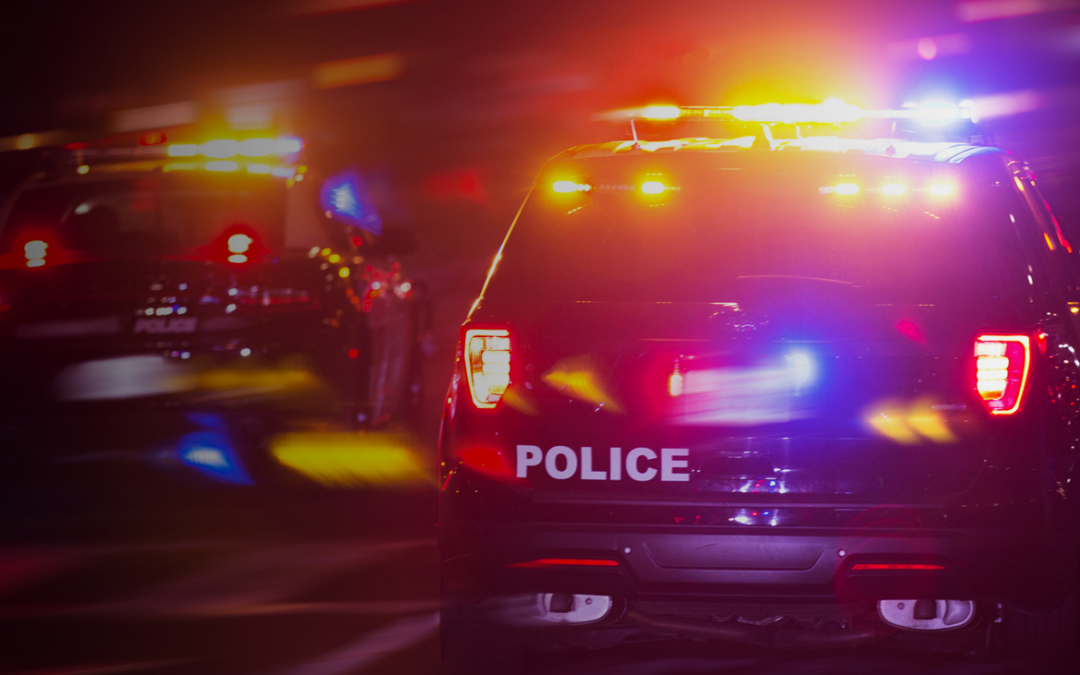Emergency Response During Bad Weather
Category: Public Safety
Gordon Graham here with Today’s Tip from Lexipol. Today’s Tip is for all of public safety. And it deals with emergency driving in bad weather.
Arriving quickly at an emergency call is important. Even more important is that you arrive safely.
We all experience bad weather. What you call “bad weather” is probably different based on where you live. But whatever bad weather you get, you know you have to drive in it.
Emergencies don’t stop for the weather. People still have heart attacks when it is windy. There are still shootings when snow is falling outside. And I don’t have to tell you that people still crash their cars in the rain.
Snow, ice, sleet, rain, hail, high wind, or fog can all affect our visibility. It can affect our vehicle’s traction, stopping distance, acceleration, and handling. It should affect how we drive.
Certain calls tempt us to drive faster than we should-even when it is sunny. But in bad weather, driving too fast can be even more dangerous.
Arriving quickly at an emergency call is important. Even more important is that you arrive safely. If you crash on the way, you won’t be any help at all. Instead, you might end up diverting much-needed resources because you need help yourself.
Adjust your driving for the weather and road conditions. Slow down. Anticipate hazards along your route. Arrive safely.
And that is Today’s Tip from Lexipol.
Gordon Graham, signing off.





